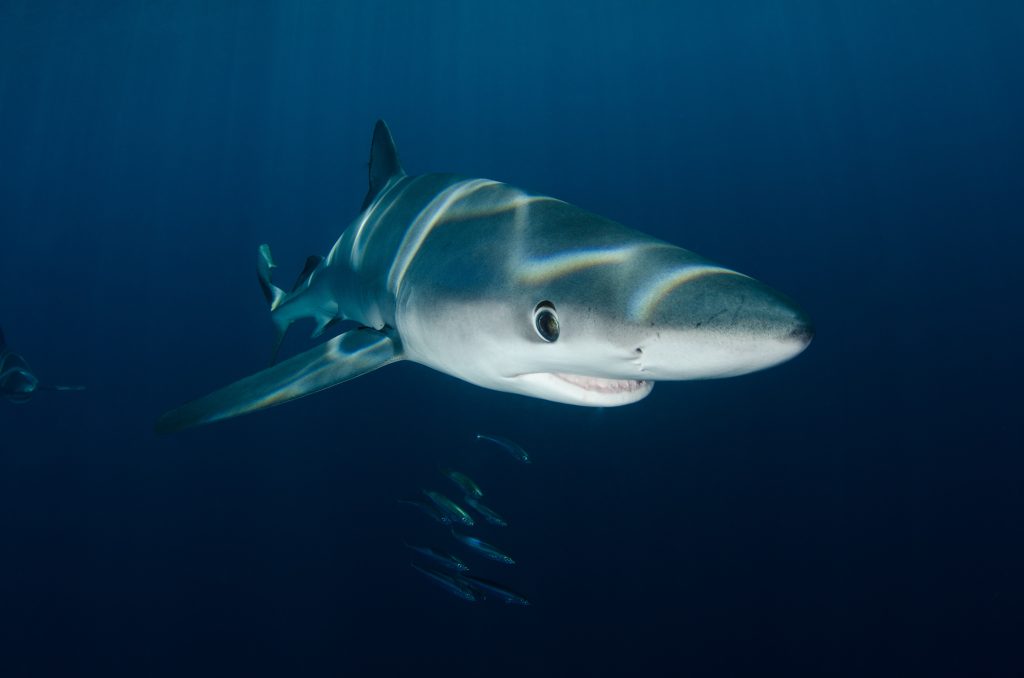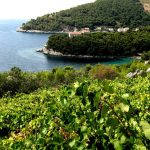August the 4th, 2023 – Croatia is a very safe country in many aspects, but we do have animals you should absolutely avoid coming into contact with, both on the land and in the sea. We compiled a list not long ago, but what about exclusively Croatian marine animals? Read on.
As Poslovni Dnevnik writes, from Croatian marine animals you’re highly unlikely to bump into, such as the Great White Shark (Charcharodon carcharias) to more common types of jellyfish, stingrays and the Fireworm (Hermodice carunculata) – the Adriatic Sea is home to a number of animals that can be dangerous and you should exercise extreme caution if you happen to encounter them.
Which Croatian marine animals should we be keeping our eyes peeled for?
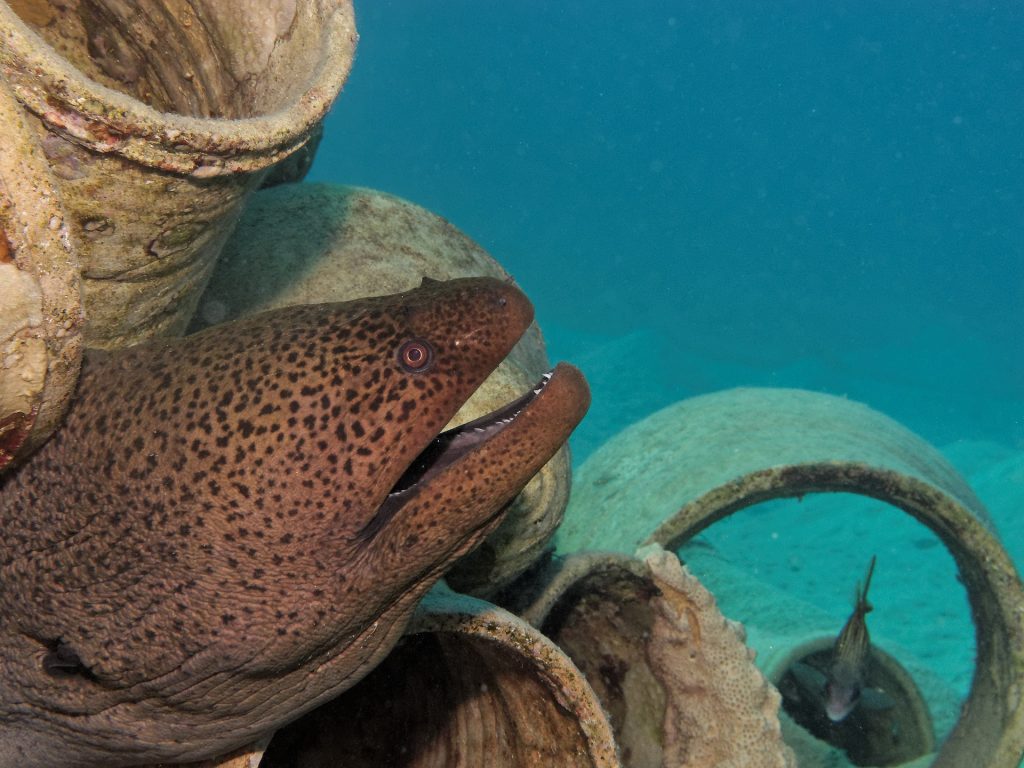
Dr. sc. Neven Iveša, B.Sc. ing. of biology from Juraj Dobrila University in Pula, spoke to N1 about precisely which dangerous species we’re most likely to encounter if we spend our summers on the Croatian Adriatic coast.
“Dangerous animals that live in the Adriatic can be classified into several categories: Organisms that have poisonous spines such as fish from the group of spiderfish and spiny-rayed fish, fish that have serrated and poisonous spines at the bases of their tails (such as dovefish and yellowtails), animals who have painful bites (Mediterranean morays and other eels), animals with blood toxins (also eels) and fish that accumulate extremely dangerous tetrodotoxin in their visceral cavities, such as the Sennin-fugu (Lagocephalus sceleratus)”, explained Iveša.
Lion Fish/Devil Fire fish (Pterois miles) detected in the Adriatic
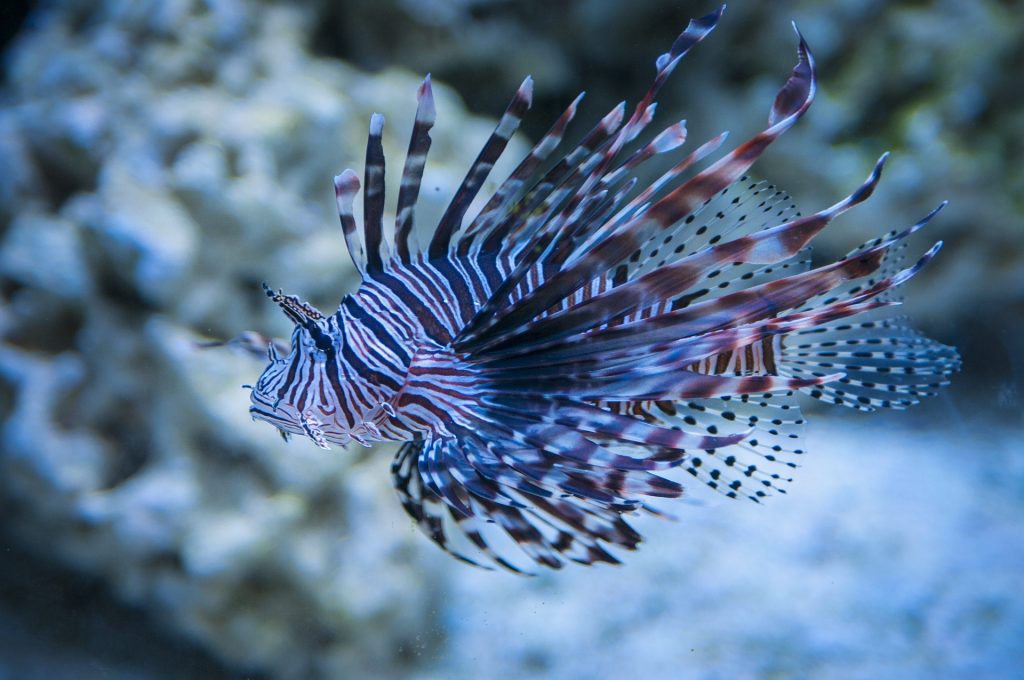
Lion fish are native to the Indo-Pacific region, they are highly poisonous and while they have been detected in Croatian waters, they are rare. When they are found, they appear to occur most commonly in the eastern Mediterranean, and in the Adriatic, in the southern parts.
Cnidaria
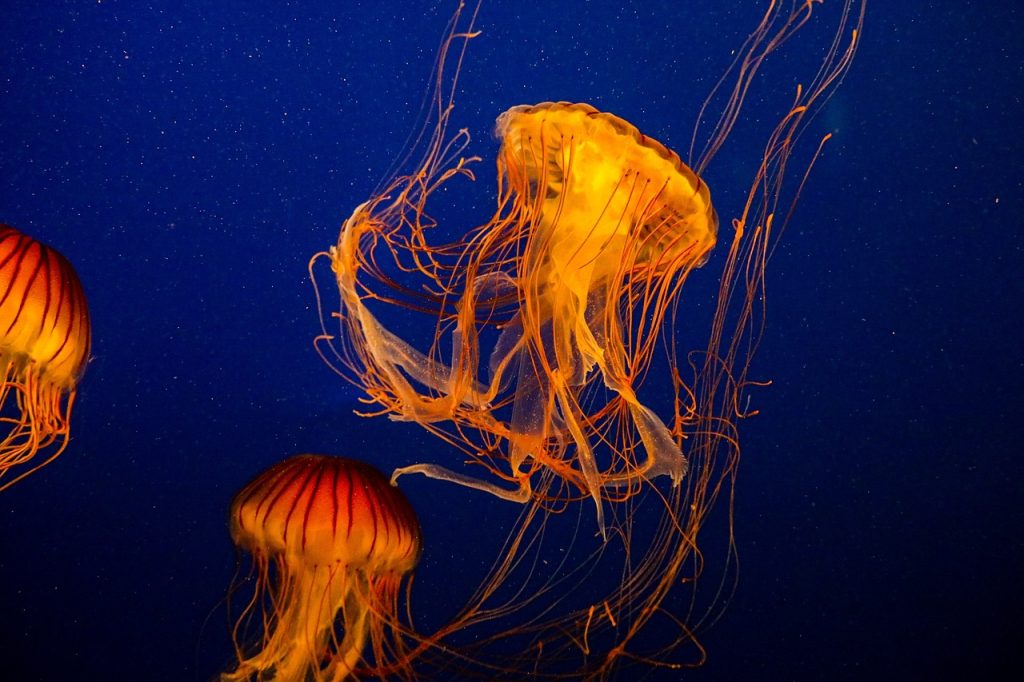
Iveša mentioned several other dangerous Croatian marine animals that we could accidentally come across while swimming in the Adriatic. “Besides the aforementioned ones, there are dangerous species from the gelatinous zooplankton group we should watch out for, these are members of the Cnidaria group. Among them, we should highlight Pelagia noctiluca, a form of jellyfish which already been recorded living in the southern Adriatic. We should also pay attention to the Compass jellyfish (Chrysaora hysoscella), which was detected in the northern Adriatic.
Realistically, all members o the Cnidaria group pose a danger to swimmers since they possess glow cells that they use for hunting and defence. In this regard, even some corals, such as a relatively common species such as the Snakelocks anemone (Anemonia viridis), can cause very uncomfortable burns on the skin,” Iveša pointed out.
Sharks and stingrays
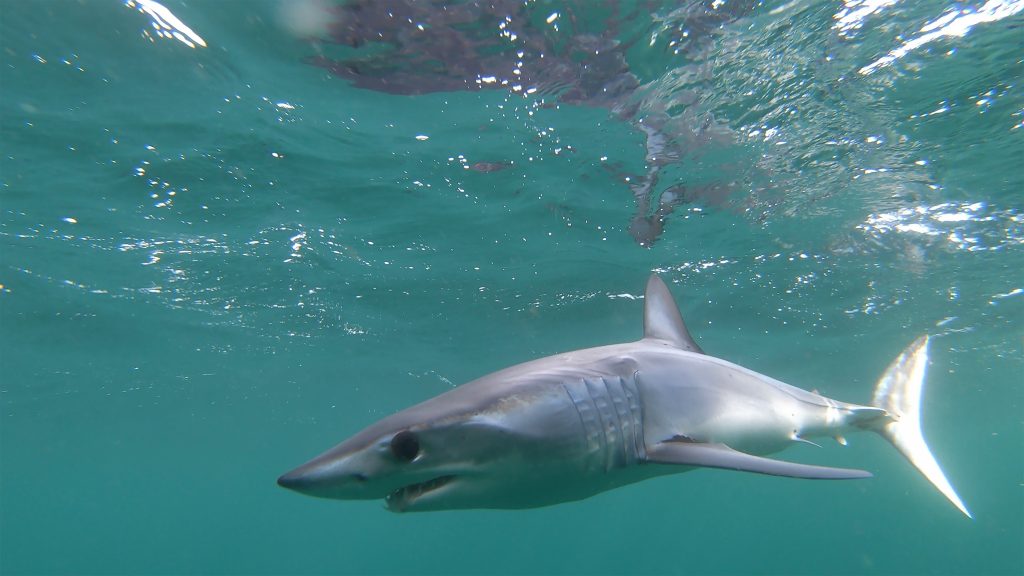
He noted that there are numerous types of sharks native to the Adriatic Sea, including the often misunderstood Great White Shark. These sharks can be highly dangerous but, as stated above, are extremely rare. Encounters, especially ones which are cause for concern, between swimmers in the Croatian Adriatic and sharks, are exceptionally unusual.
“Among the dangerous species, there are also those that are protected by law, such as the Common stingray (Dasyatis pastinaca) and most of the larger requiem sharks, such as the Great Blue Shark (Prionace glauca) and the Shortfin mako shark (Isurus oxyrinchus),”
He emphasised that it is important to be well informed about the way of handling the situation if you happen to bump into one of these species. It’s also important to know about whether or not you are allowed to catch them, the consumption of their meat and so on. “Even harmless bivalve molluscs can be extremely dangerous to humans if they’re consumed from marine areas that are burdened with pollution, as can sea urchins, which can cause unpleasant mechanical tissue damage and serious secondary infections with their spines.”
If you don’t touch me, I won’t touch you
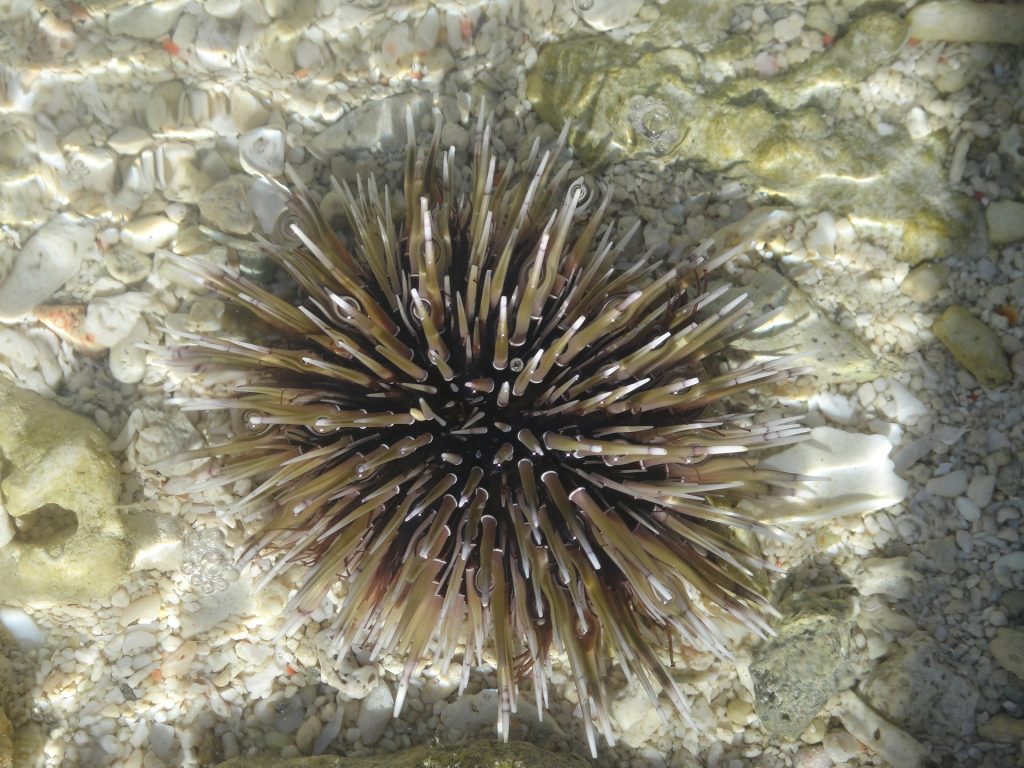
Zrinka Jakl, head of the Nature Protection Programme at the Sunce Association for Nature, the Environment and Sustainable Development, emphasised that there is very little chance that you will be killed by any of the known dangerous Croatian marine animals.
“Animals with which encounters are somewhat more frequent and with which you should exercise more caution are jellyfish, fireworms, spider fish and stingrays. None of these animals have any sort of tendency to attack humans. They’re dangerous solely because of their defence mechanisms. In nature, the rule “If you don’t touch me, I won’t touch you” applies. Even the moray eel, which has an imposing appearance and a poisonous bite, never attacks first, and you can calmly swim next to moray eels if you don’t irritate or disturb them. Be careful not to step on a sea urchin and avoid jellyfish and you’ll be safe in Croatian waters,” advises Jakl.
The Ministry of Economy and Sustainable Development also emphasised that inconveniences or injuries to people are most often the result of animals’ self-defence and not from outright attacks. This typically occurs if they feel threatened or can’t escape from dangerous situations. It can also occur if they’re disoriented or are exhibiting unusual behaviour due to illness, injury, or old age.
Most injuries are your fault, so show Croatian marine animals the same respect you’d want for yourself
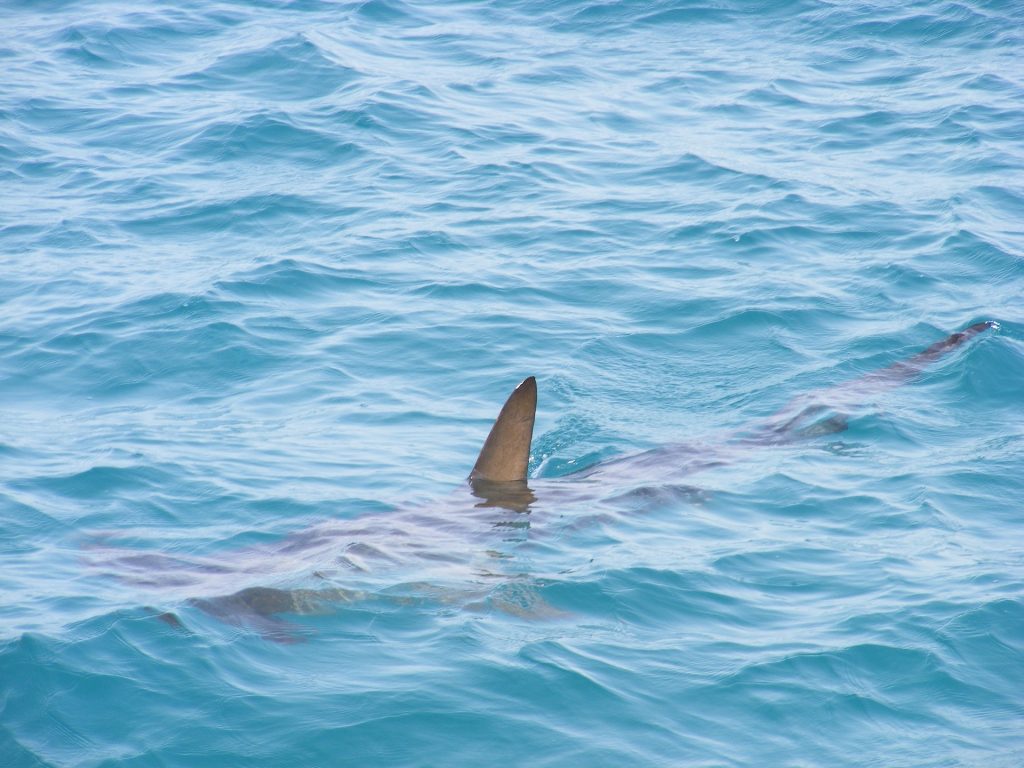
If a moray eel feels threatened, it can strike out and deliver a strong bite. A moray eel bite can cause a horrifically painful wound that usually takes a very long time to heal. As such, it’s necessary to avoid disturbing them when diving as they have no interest in you and will leave you in peace as long as you afford them the same treatment.
Care should also be taken when around other animals as well. Urchins are most often found on rocks in shallower parts of the sea, they’re easily visible and when walking along submerged rocks or swimming next to them, you should be careful to avoid contact with their spines, which can cause injuries. Urchins are just going about their day and spend much of it sitting motionless and in plain sight. Your injury from stepping on one is entirely your fault. The hatpin urchin (Centrostephanus longispinus) is a strictly protected species in Croatia, but considering the fact that it usually lives in the deeper parts of the sea, the probability of encountering this species is small.
Contact with the tentacles of some species of jellyfish can cause very uncomfortable redness, rashes, burning, pain or swelling of the skin. These are all situations that can be avoided by proper and responsible behaviour when swimming.

